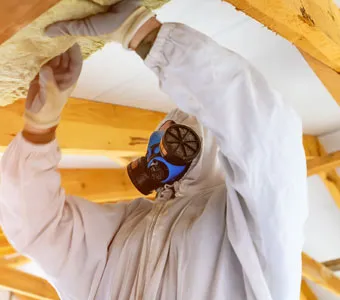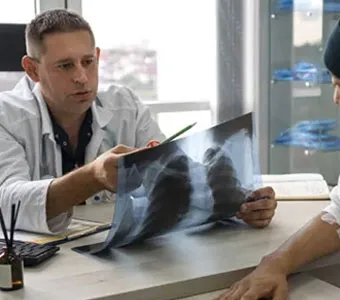Vehicle Brakes, Clutches Pose Asbestos Dangers to Auto Workers
Vehicle Brakes, Clutches Pose Asbestos Dangers to Auto Workers
Though its use is in decline, asbestos continues to threaten the health and safety of automotive repair workers, especially those involved with repairing or replacing vehicle brakes, clutches and gaskets.
Due to its heat and flame resistant properties, asbestos has been used in automobiles to protect parts that are subjected to high heat and friction. Though this type of protection is good for vehicles, working with asbestos is quite harmful to people like auto mechanics. Though the government has banned the use of asbestos in home and consumer goods for decades, it still allows vehicles to contain asbestos. Although many car companies choose not to use asbestos in new vehicles, though some still do, auto mechanics and auto repair hobbyists may work on older vehicles whose parts contain asbestos.
In 2006, the Occupational Health and Safety Administration (OSHA) issued a health and safety bulletin warning employees in automotive brake repair about the safety protocols that should be followed when working with brakes and clutches that contain asbestos.
OSHA recommends that workers use one of two methods to reduce their risk of exposure. Employees can use a special vacuum with a HEPA, or high-efficiency particulate air, filter to remove asbestos from a sealed area. The administration recommends wetting the asbestos down immediately after removal and placing it in a marked container for disposal.
The other removal technique involves flooding the brake or clutch with solvent to prevent the asbestos becoming airborne, then brush the asbestos off while it is still wet. In both techniques, it is imperative to wet asbestos down before disposing of it, since asbestos can cause respiratory disease if inhaled.
Exposure to asbestos can cause several different respiratory conditions, including the rare cancer of organ linings called mesothelioma. Asbestos exposure can also cause asbestosis, a progressive, non-cancer condition of the lungs for which there is no treatment, and lung cancer, the most common asbestos-caused disease. All of these diseases take years to develop and continued exposure can make conditions more severe.
Asbestos continues to be a health and safety danger for automotive workers who repair brakes and clutches, so precautions should be taken when working with and around the fiber. If you or a loved one suspect that asbestos is to blame for your respiratory disease, please contact an experienced personal injury attorney.







